Blog
Our blog provides readers an opportunity to hear from the Advance Illinois staff and partners on education policy issues affecting Illinois students and beyond.
Illinois Public Opinion of Public Higher Education Value and Need Highlights the Urgency for Funding Transformation
Illinois is standing on the edge of transformation. For decades, we’ve watched the slow erosion of our public higher education system in the form of climbing tuition, diminishing student supports, and evaporating opportunities, with college slipping further and further out of reach for too many. But now, Illinois has a choice. SB13, the Adequate and Equitable Funding for Public Universities Act, offers an opportunity to rebuild trust, repair damage, and strengthen higher education as a public good worthy of public investment. It is clear that though our investment in higher education has eroded, public trust in the value of college has not. Illinoisans are done with the status quo.
In a recent report, the bipartistan, nonprofit research organization Public Agenda shares survey results on Illinoisians’ views on higher education. The Public Agenda survey makes one thing clear: Illinoisans believe state investments in public higher education are a sound investment. In fact, 74% of Illinoisans support increasing state funding in public colleges and universities. What’s more, nearly 70% of respondents support an equitable distribution of funding in order to support students from underrepresented backgrounds. Yet, though Illinoisans believe in the promise of college, we are skeptical of its accessibility for rural students, underrepresented minorities, adult learners, and first generation students. A full 61% of residents believe access to higher education is too limited. This lack of access is not inevitable—it’s the result of policy choices. SB13 is the policy correction Illinois needs. At its core, SB13 recognizes that “how” we fund our universities is just as important as “if” we fund them. It replaces outdated funding systems with an approach grounded in student needs and institutional mission. This means directing more resources to universities that serve large numbers of students who are low-income, first-generation, from rural communities, or adult learners. If Illinoisans take postsecondary accessibility seriously, so too should our public leaders. SB13 shows us how to invest in universities and repair postsecondary accessibility for all.
The Public Agenda report also shows us that support for higher education funding in Illinois isn’t a partisan issue—it’s a public consensus. Across every partisan identity, Illinoisans believe that our state should increase our investments in public higher education, whether they are Democrats (79%), Republicans (59%), or independents (69%). Illinoisans want equitable investments and equitable opportunity across the board. SB13 delivers both.
While the Public Agenda report tells us valuable information on public views on higher education investment, perhaps its most important insight is how the survey surfaces the cost of our disinvestment for the last two decades. Among Illinois residents who don’t have a college degree and aren’t currently enrolled, 56% said they wanted to pursue higher education but couldn’t afford to. What’s more, nearly half feel they’ve been held back in their careers because of it. These are not abstract statistics—they are the real-life consequences of neglecting affordability and access. SB13 is an opportunity to rectify structural neglect that has gone unresolved for too long, denying far too many people the opportunity for professional and financial stability.
Illinois stands at a defining moment. After decades of chronic disinvestment in our public colleges and universities—especially compared to our neighboring states—we finally have a chance to correct course. The public consensus is in: Illinoisans want bold, equitable investment in higher education. The policy is here: SB 13 shows us how to fund our universities adequately, equitably, and sustainably. The mandate is clear: Pass SB 13 and fund our state’s future. The time to act is now.
**EVENT**
As Illinois public universities confront declining overall enrollment, high college costs that impact student access, and significant racial and geographic disparities in educational attainment, findings from the non-partisan non-profit organization Public Agenda’s Who Gets to Learn: Illinoisans Views on Public Higher Education report offer encouraging signs for Illinois’ 12 public universities, with strong public support for enhancing access and affordability.
On Monday, May 19, join Public Agenda for “Research Briefing: Illinoisans Views on Public Higher Education” as they share new research on how Illinois residents view public higher education, as well as their opinions around various funding policies.
Research Briefing: Illinoisans’ Views on Public Higher Education
Monday, May 19, 2025
12PM-1PM CT on ZOOM
Five Things To Know About SB3965
Illinois’ future depends on a higher education system that is adequately resourced and able to provide affordable, high-quality programs to college students from every background and corner of the state. To date, however, many institutions are dramatically underfunded, resulting in public universities having to advocate for their own funding with no transparency on the amount of funding each university receives or why they receive it. And while institutional funding often sees across-the-board increases or decreases, the current funding approach does not take into account student needs, actual costs, or institutional revenue. It is merely ensuring that all institutions receive the same percentage increase on their prior funding, further entrenching inequities rather than solving them.
The solution? SB3965, the Adequate and Equitable Funding Formula for Public Universities Act. This new bill represents the next step toward an Illinois public university funding approach that focuses both on ensuring institutions have the funding they need to support their unique missions while ensuring they have adequate funding to serve their diverse student populations and build adequacy, equity, stability, and accountability and transparency into the process. The formula centers students by considering the various factors that contribute to their success and funds institutions with those evidence-based insights in mind.
But that’s not all. Investments made through the Adequate and Equitable Funding Formula for Public Universities Act are poised to strengthen enrollment, increase completion rates, and reduce the time it takes to complete degree-obtaining programs. It is an innovative approach to postsecondary funding that will transform our system for the better. So, here are five things to know about SB3965.
1. It calculates a unique Adequacy Target for all eligible public institutions that incorporates student need. Instead of political negotiations driving distribution decisions, the formula factors in the costs needed to support individual student needs for critical academic and student support services. This ensures that students will have the programs, services, and resources they need to be successful.
2. It aims to close equity gaps. Understanding that there continues to be deep and persistent gaps among some student populations compared to their peers in the state, the formula addresses those gaps through a number of components. Adjustments throughout the formula are made in a data-driven manner that looks at the current gaps in enrollment and retention for targeted student groups and adjusts the funding needed accordingly. Through student-needs adjustments and funds for universities to provide holistic supports, the formula may help to close equity gaps in enrollment, persistence, and graduation.
3. It considers the uniqueness of our public universities. This proposed formula factors in the diverse and specific needs of different institutions through institution-level adjustments. For example, smaller institutions would get an adjustment to address the fact that they cannot take advantage of economies of scale. There are also adjustments based on the level of research each institution engages in. Additionally, universities that serve large concentrations of students who have been historically underrepresented from our university systems will receive an additional weight to support these students.
4. It embeds accountability and transparency into Illinois’ public university funding. SB3965 includes recommendations for an innovative Accountability and Transparency Framework to increase transparency from the start. Spending plans and reporting ensure that new funds are targeted towards critical academic and student support services. By creating this kind of review committee, it confirms that universities are making progress toward their goals and sees to it that new dollars are spent on resources that are shown to close equity gaps
5. It’s setting the tone for the whole country! Illinois would be the first to implement an evidence-based adequacy model that accounts for the true costs of serving the students in our state, moving away from base-plus models that perpetuate inequities and from performance-based funding models that negatively impact outcomes for students of color and students from low-income backgrounds.
Passing and funding this bill are critical and will result in an estimated $1.4 billion in additional funding over 10-15 years to ensure all universities have adequate resources, over 29,000 additional university graduates moving through the system, and more than $6.3 billion in additional state taxes paid over the lifetime of these graduates.
Racquel Fullman is the Communications Coordinator for Women Employed, a core member of the Coalition for Transforming Higher Education Funding.
The Coalition for Transforming Higher Education Funding is a group of like-minded individuals and organizations across Illinois who believe that by advancing a public university funding model that prioritizes racial and socioeconomic equity, then we will see statewide increases in higher education equity; through better-resourced institutions serving more representative student populations, more resources directed to colleges serving Black, Latinx, low-income, rural and first-generation college students, and increased investment in higher education. For more information, visit transformhigheredil.org.


